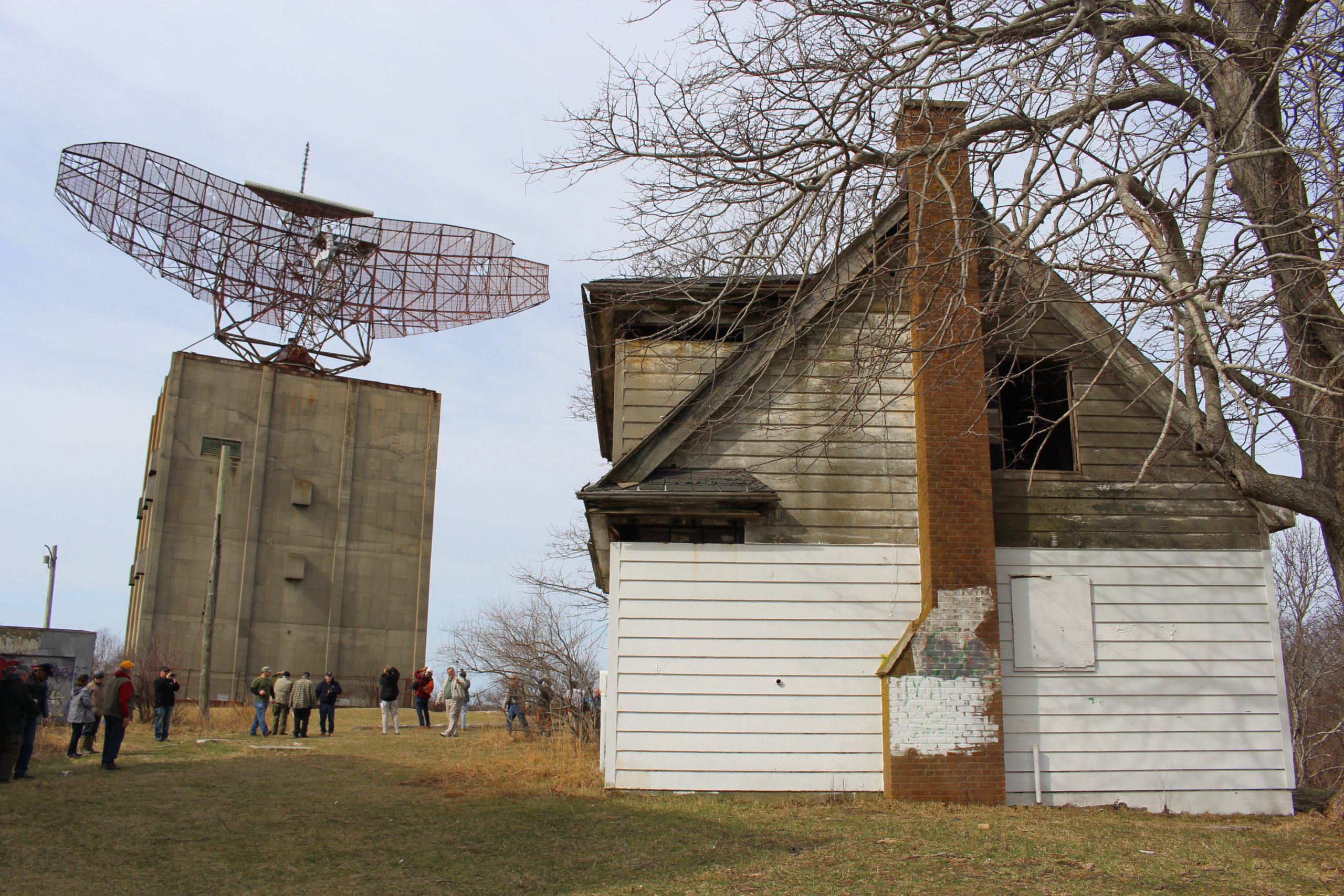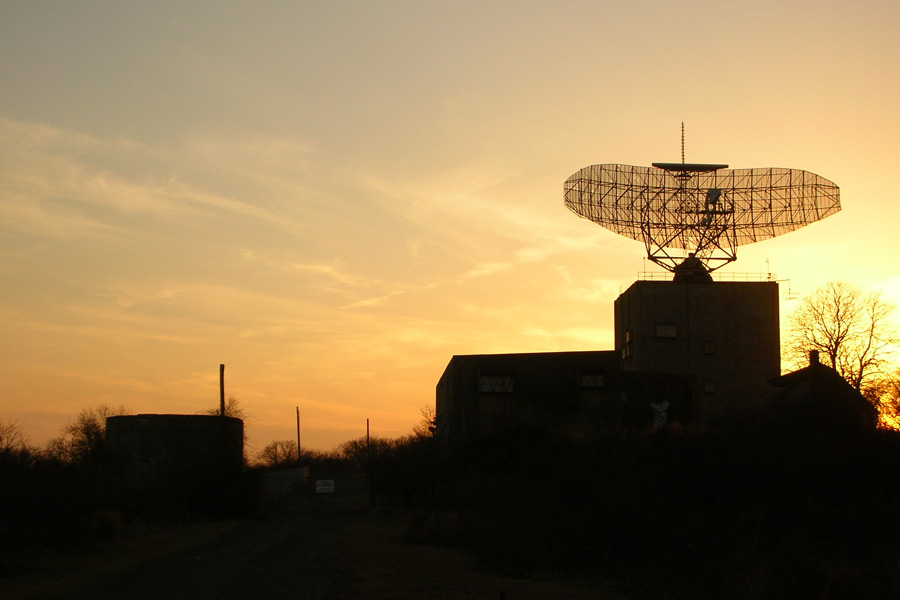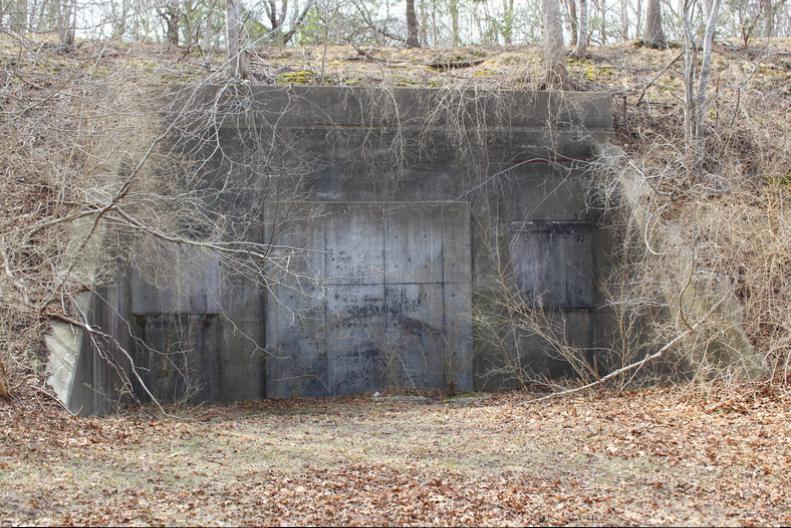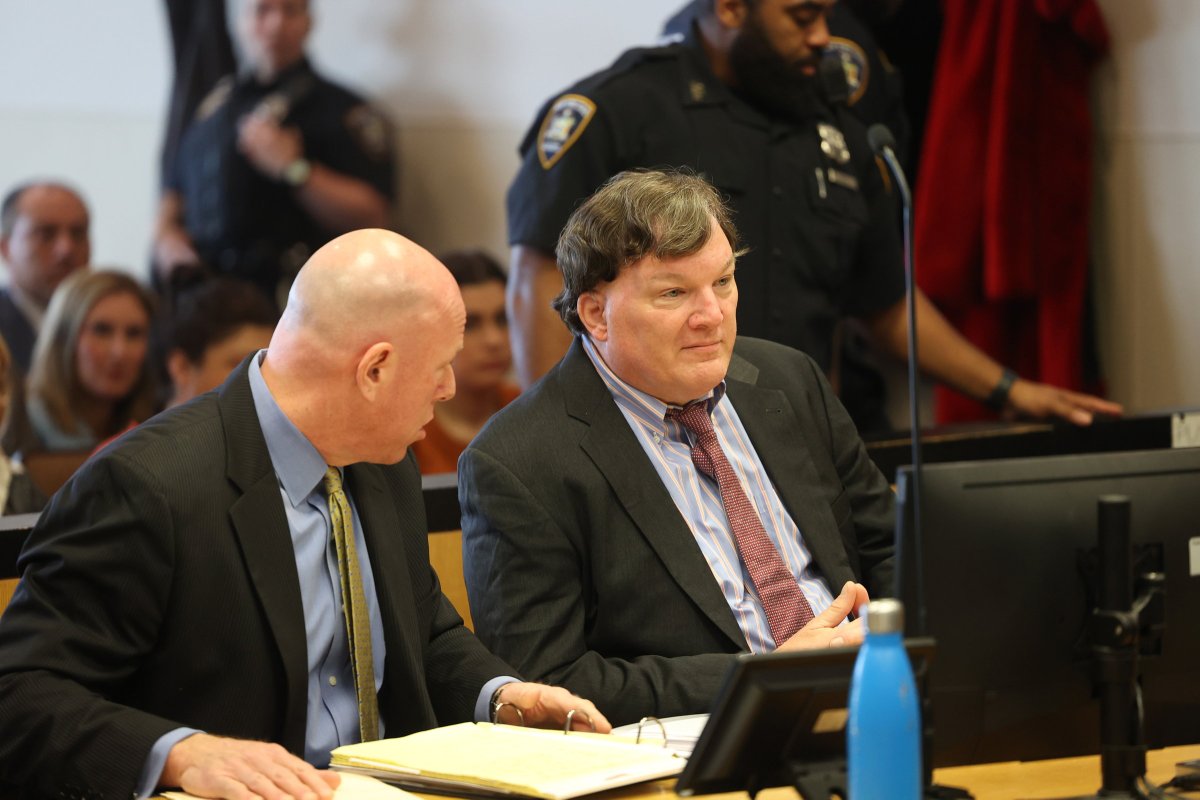Inside Camp Hero and Montauk's Military Past

Just before you get to the Montauk Lighthouse, there is a turn-off to a 415-acre public park called Camp Hero State Park. It was originally called Fort Hero and was named after Maj. Gen. Andrew Hero Jr., who died during World War II, and it is well worth a visit.
Built in the early 1940s as the home of the Montauk Air Force Station, it served as a coastal artillery base to prevent the Germans from attacking American soil during World War II.
Hundreds of soldiers lived in barracks there. Their weapons included four 15-foot-long artillery guns which, sheltered in bunkers under concrete hoods, could, with a thunderous roar, fire shells 23 miles out into the ocean to sink enemy battleships.
Elsewhere on the property was an anti-aircraft gun and seven concrete machine gun nests in concrete towers 20 feet up from which American soldiers could fire through slit windows at Germans disembarking from landing craft determined to fight their way inland from the beach.
Two machine gun nests were at the lighthouse itself. One was a giant concrete clamshell embedded in the cliff face below the lighthouse with the slit window facing west. It’s gone now, washed out around 1995. But the other machine gun nest still stands.
It is the white rectangular building that rises 60 feet directly in front of the 112-foot lighthouse. Look up and you’ll see the slit window at the top where the guns and the officers with binoculars were stationed.
Had a German armada of ships, bombers and landing craft ever invaded, which they did not, the base’s formidable array of defensive weapons might have delayed them for a day or two.
When I was a teenager in Montauk years ago, what today is Camp Hero State Park was a woods filled with abandoned buildings mostly falling apart and covered with vines. When World War II ended, the Army shut Camp Hero and cut up the big guns for scrap. But they removed nothing else.

Camp Hero was just left to rot, a spooky place to climb around in, which we did, sometimes at night, by climbing over chain-link fences. Seen from the air, it had been built to resemble a fishing village. Roofs bore fake church steeples and bell towers. There was a “town green.”
When I was 17, the local fire department was tasked with burning the fake village down. An exercise would be the end of that.
So what is Camp Hero today? The property still sports bunkers and military structures; one is high on a hill and consists of a reinforced concrete rectangle that, with its peaked roof, resembles a house. The roof’s overhang creates a narrow shadow underneath that disguises the slit windows and machine gunners.
One surviving artifact is the radar tower, deployed in 1960 and operational until 1980, to become an Air Force early warning system facility. The enemy was not Germany now, but Russia. And though there was no fear of a Russian invasion, there was a fear that the Russians might fire guided missiles.
The 773rd Air Force base, as it was called, was activated in 1946. It had no landing strip. After 1960, it was just the tower and its support buildings and a staff of about 100 officers.
Had the Russian missiles flown overhead in those years, officers controlling the radar tower at Montauk would have radioed the big military airport at Westhampton (now Francis S. Gabreski Airport), so the tops to the underground bunkers at that airport would open and Atlas anti-missile missiles would launch to engage the incoming missiles.
In the late 1950s, I occasionally delivered prescription drugs to the officers at the Air Force base (the 773rd Aircraft Control and Warning Squadron). My dad owned the drugstore in town. Barbed wire surrounded the 773rd.
Two soldiers with rifles at the entrance gate let you in. Inside were newer barracks buildings, a gymnasium, a rec hall, an officers club, and a PX where I remember seeing officers buy such stuff as candy bars, toiletries, stamps, envelopes and beverages.
Also there, off limits, were several bomb-proof concrete buildings that comprised the command control office. Inside, watching green screen radar monitors, the technicians kept a close eye on the skies.
Meanwhile, at our family’s home on South Fairview Avenue, my dad would listen to the news on his radio console and then, with the radar tower turning to monitor the skies, we’d hear, at 1-minute intervals, a short “zzzzzzt” sound as the radar signal bounced off us. It didn’t seem to harm anyone.
“A small price to pay to defend America,” Dad said.

And then, sometimes at night, we could hear and even see military exercises over the Atlantic Ocean, where retired ships were shelled by the planes from Westhampton coordinating with the radar instructions from Montauk.
Then, one day, the officer in charge of the 773rd came into our store (White’s Drugstore) tearfully telling my dad how much he had been appreciated going down in the middle of the night to the store to fill an urgent prescription for someone, but now the base was being ordered closed.
And so these abandoned military facilities sat in the woods by the Montauk Lighthouse rotting and deteriorating unattended for decades. And during that time, young people continued to secretly climb around in it. (I visited it three more times.) Underground tunnels led to racks of ammunition shelves. Now the early computer machinery in blast-proof concrete buildings became accessible.
One young author, Preston Nichols, wrote a book called The Montauk Project: Experiments in Time. The book described time travel experiments and other secret government projects nobody was allowed to know about.
A first book led to a second and then a third. The book partly inspired the hit Netflix series Stranger Things, which was originally going to be called Montauk. I was mentioned in the second book. I’d written the author that it was a load of crap. He declared me to be part of the government’s secret cabal.
Most of Camp Hero is under the jurisdiction of the New York State Office of Parks, Recreation and Historic Preservation. The park, mostly undeveloped, opened to the public in 2002.
Stop by. It’s a remarkable place to visit, even in the winter. But go there before sunset, so the goblins don’t attack your car.



